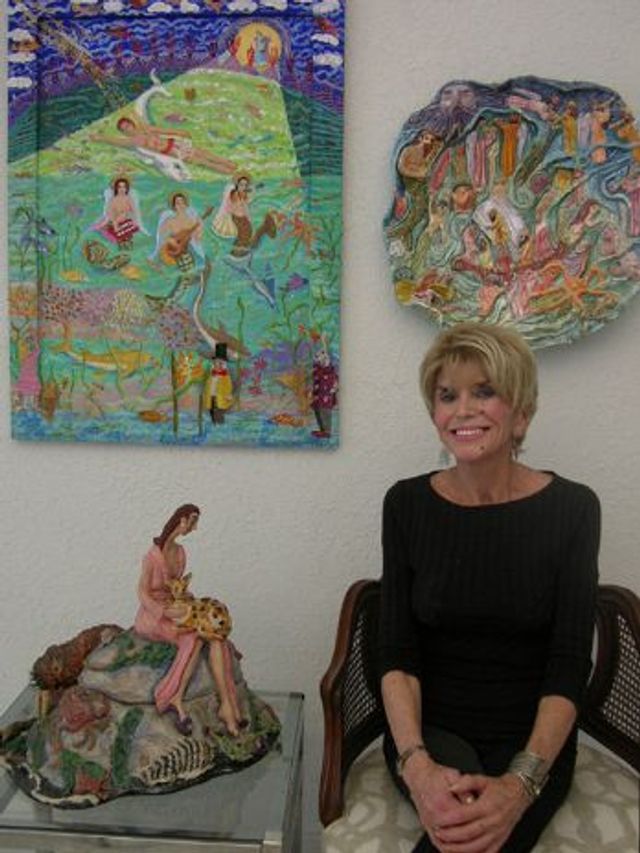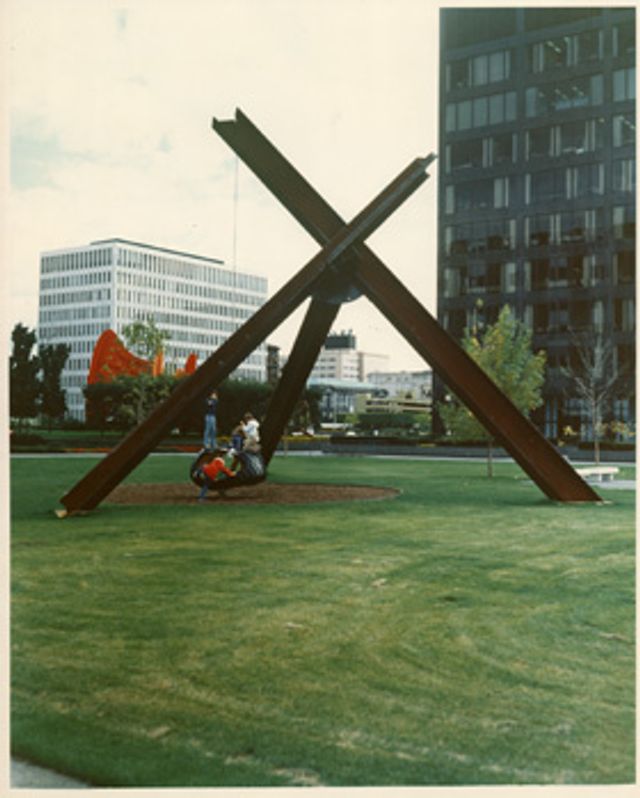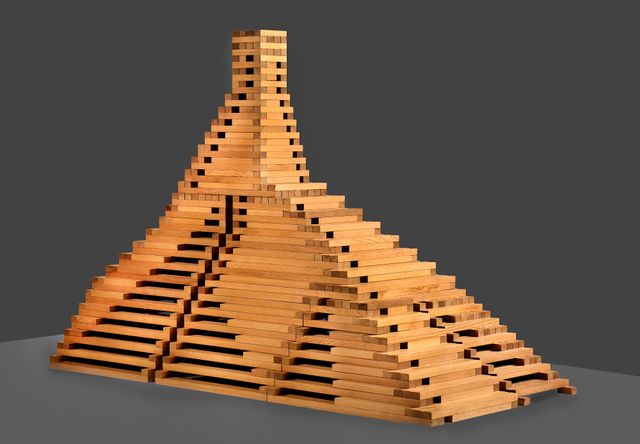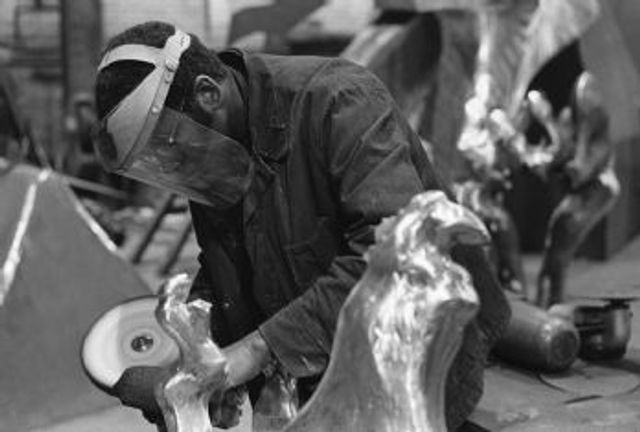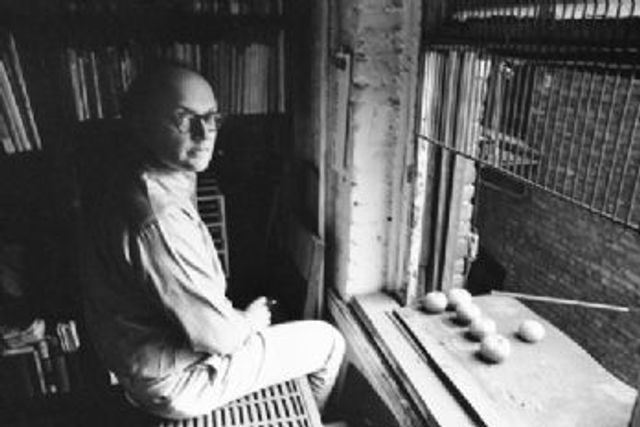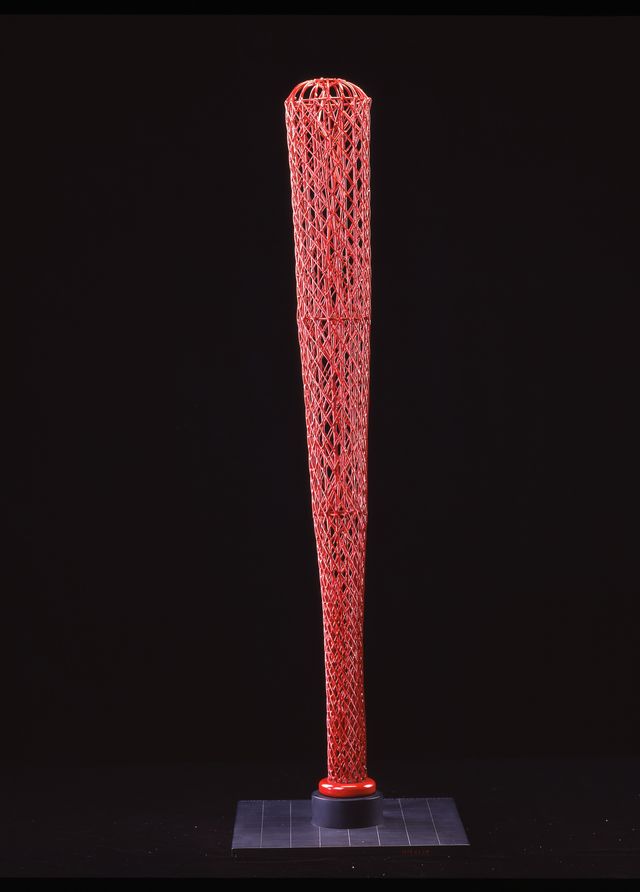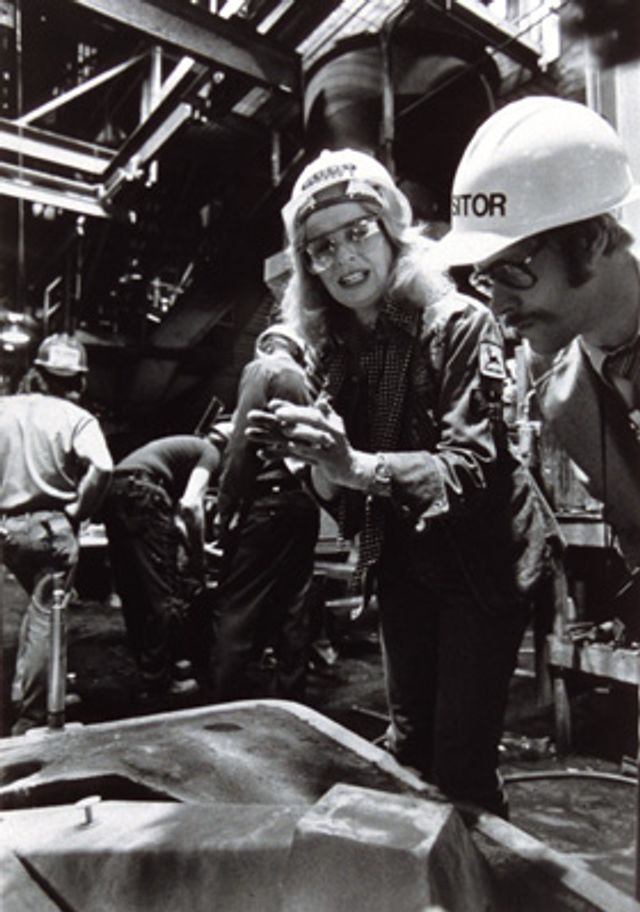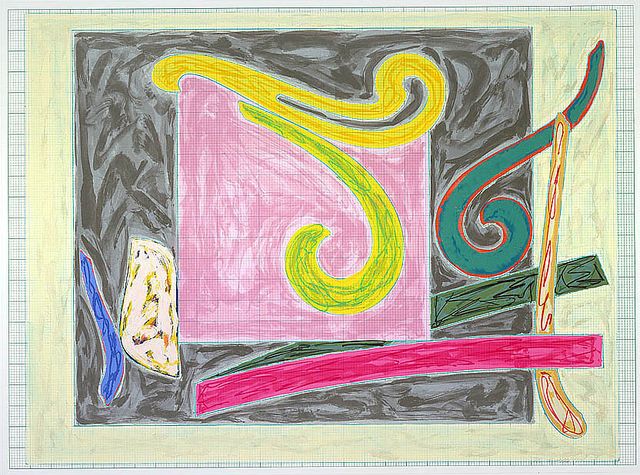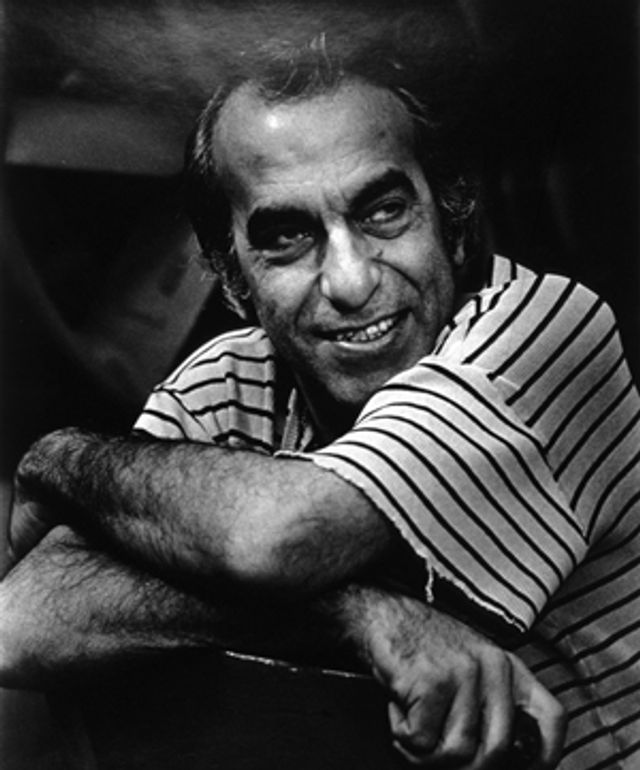Sculpture Down to Scale: Models for Public Art at Federal Buildings, 1974 – 1985
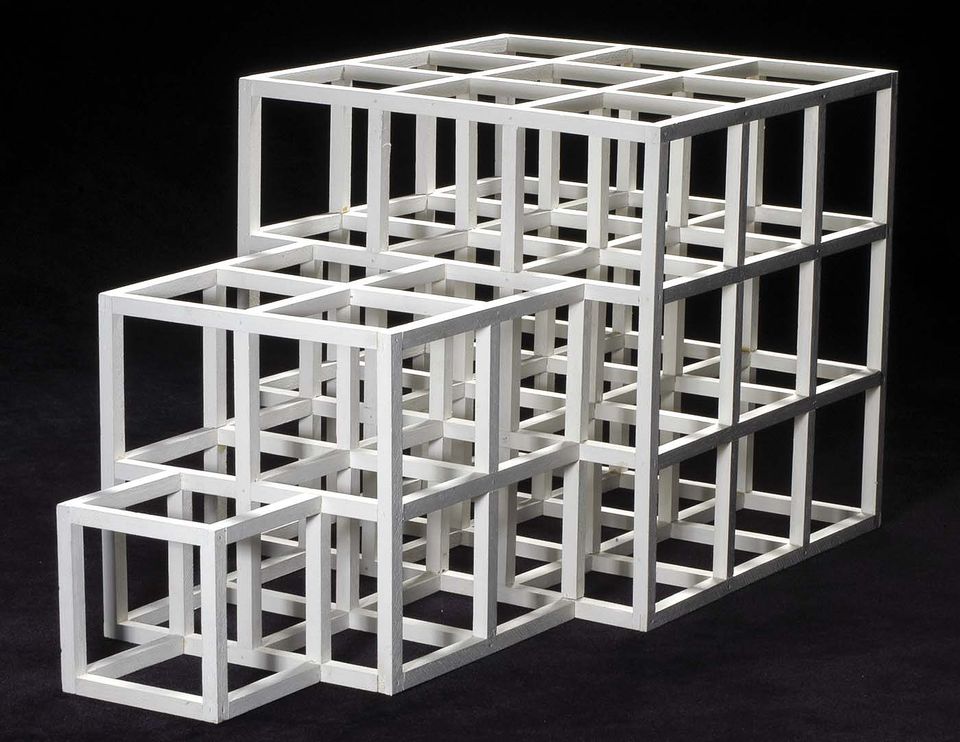
Sol LeWitt, Maquette for One, Two, Three, 1979, assembled and painted balsa wood, Smithsonian American Art Museum © 2019 The LeWitt Estate / Artists Rights Society (ARS), New York
“The idea itself … is as much a work of art as any finished product. All intervening steps — scribbles, sketches, drawings, failed work, models, studies, thoughts, conversations — are of interest. Those that show the thought process of the artist are sometimes more interesting than the final product.”
—Sol Lewitt, 1967
Public sculpture has shaped the American landscape. Since the country’s beginnings, monuments and memorials have conveyed history, morality, and civic pride. Its role as a primarily commemorative medium began to expand in the late twentieth century, when the U.S. government looked to promote American art as a symbol of freedom and creativity during the Cold War. Building on the arts patronage established during President Franklin D. Roosevelt’s New Deal in the 1930s, the Kennedy administration inaugurated the Fine Arts Program of the General Services Administration (GSA) in 1962 to commission work by living artists for federal buildings. In 1972, the program began to operate in cooperation with the National Endowment for the Arts, and in 1977 it became the Art in Architecture Program that exists today. The GSA projects reflect contemporary artists’ interests in issues including perception, social space, the natural environment, and cultural identity.
Description
The nine maquettes in this exhibition—many of them considered by the artists to be completed works of art in their own right—were acquired by the Smithsonian American Art Museum between 1977 and 1990. The models offered a concrete vision of the artists’ ideas and served as a way to share them with selection committees, patrons, and communities. Varied in scale, format, and level of finish, these models are windows into the creative process. Sometimes, as with Claes Oldenburg’s Bat Column, they document the artist’s original intention for their work; in other cases, such as Jackie Ferrara’s Model for Carbondale Project, they are the only existing traces of projects that were destroyed or unrealized.
Sarah Newman, the James Dicke Curator of Contemporary Art, organized the exhibition.
Note: Sculpture Down to Scale: Models for Public Art at Federal Buildings, 1974–1985 was scheduled to be on view from May 31, 2019 through March 28, 2021. Its run at SAAM was cut short when the Smithsonian closed its museums as a public health precaution to help contain the spread of COVID-19. The museum was closed from March 14 through September 17, 2020 and again from November 23, 2020 to the present.
Visiting Information
Credit
Sculpture Down to Scale: Models for Public Art at Federal Buildings, 1974–1985 is organized by the Smithsonian American Art Museum.
Artists
Born in New York. The daughter of a Russian Jewish mother and Spanish father. Her altarpieces seek to explore the mythic heritage of many cultures and expose their common threads.
Born in Shanghai to Venetian parents, Marco Polo di Suvero immigrated with his family to the United States when he was eight years old. After studying sculpture and philosophy at the University of California, di Suvero moved to New York City.
"In some works it is my intention to develop the kind of forms Nature might create if only heat and steel were available to her." — Richard Hunt quoted in Exhibition flier, Richard Hunt, (Notre Dame, Indiana: University of Notre Dame A
Sol LeWitt was a leader in the growth of conceptual art during the 1960s and 1970s. This was a reaction to the emotional qualities of abstract expressionism, and focused on the ideas behind the art as opposed to the actual objects.
Beverly Pepper began her career as a painter, but turned to sculpture in 1960 after a trip to Angkor Wat, in Cambodia, where she was awed by the temple ruins surviving beneath the jungle growth.
Frank Stella studied at Princeton University and moved to New York in 1958. In his first exhibition in the late fifties, he exhibited black paintings with bands of bare canvas that paralleled the picture edges.
After serving in the U.S. Army Air Force from 1943 to 1946, he entered Montana State College, earning a B.S. degree in 1951 and, the following year, an M.F.A. degree at California College of Arts and Crafts in Oakland.














